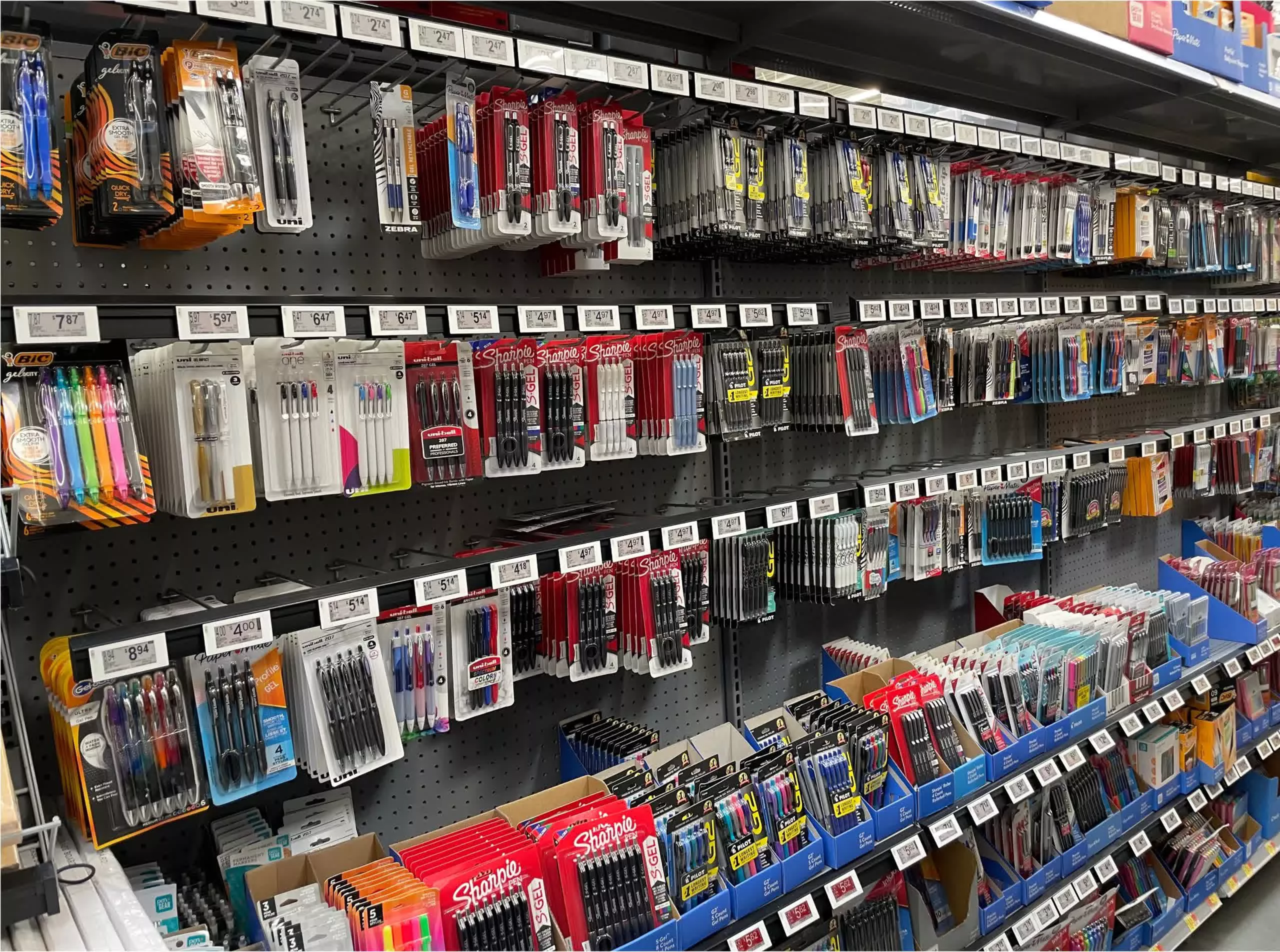The big picture: Dynamic pricing is becoming an inescapable reality, although it is unpopular with many consumers. This change is being driven by technologies such as electronic shelf labels (ESLs). Retailers argue that these innovations increase efficiency and reduce costs in an industry known for its thin profit margins. But consumers fear this could pave the way for even more aggressive dynamic pricing practices. As Walmart begins to implement ESLs in its stores, industry observers will be watching closely to see how consumers react to this change.
Walmart is leading the way in replacing traditional paper price tags with electronic shelf labels (ESLs) by 2026. The retailer plans to roll out the technology in 2,300 stores, signaling a significant shift that has already begun in Europe. With several stores in California already using ESLs, Walmart could be paving the way for a nationwide transformation.
Electronic shelf labels use display technologies such as e-paper or LCDs to display product information. These labels are connected wirelessly to a central server via radio, Bluetooth, Wi-Fi or Zigbee. This connectivity enables real-time updates of product information, but most importantly, prices.
The adoption of electronic labels offers numerous benefits to stores, as the ability to quickly update prices saves time and effort compared to manually changing paper labels. However, the ease of changing prices has raised concerns about potential price gouging and the facilitation of dynamic pricing strategies, where prices fluctuate depending on demand factors such as time of day or weather conditions.
In fact, the technology is ideal for dynamic pricing. ESLs allow retailers to adjust prices in real time based on specific conditions, such as increasing prices during peak shopping hours or offering discounts outside of peak shopping hours to attract more customers.

Despite this, both Walmart and Kroger have assured consumers that they do not plan to use electronic labels for dynamic pricing. Instead, they claim the technology will be used to reduce costs and display sale prices, not to increase prices throughout the day.
However, they walk a fine line with consumers when introducing this technology. Trust can be quickly shaken if consumers feel they are being charged unfairly, especially if they suspect prices are being manipulated based on their purchasing behavior or personal information. A survey by Capterra found that 52% of consumers equate dynamic pricing with profiteering, and only 34% believe they benefit from it.
Santiago Gallino, a professor of retail management at the University of Pennsylvania, notes that he hasn’t seen any evidence that retailers want to use ESLs for price spikes. “It’s clear in my conversations with retailers that those pushing this technology are primarily trying to increase efficiency in stores and reduce costs,” Gallino told the Los Angeles Times. “Grocery retailers operate on very thin margins, so any time they can find a technology that can save them labor costs, they’re going to do it.”
Still, some politicians remain skeptical. U.S. Senators Elizabeth Warren and Bob Casey expressed their concerns in a letter to Rodney McMullen, CEO of Kroger, which also uses ESLs in its stores. “These digital price tags could allow Kroger and other grocery chains to transition to ‘dynamic pricing,’ where prices on basic household goods could increase depending on the time of day, weather or other temporary events,” they wrote.

